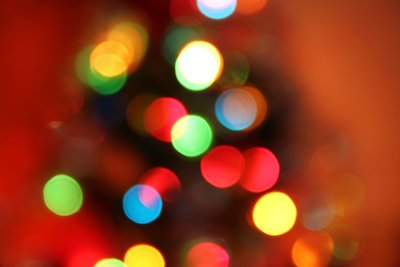December 19th, 2013 - The National Fire Protection Association (NFPA) released its latest Home Christmas Tree and Holiday Light Fires Report which offers statistics on fire hazards that typically accompany the winter holiday season. NFPA offers safety advice and informational resources at www.nfpa.org/holiday that can be used to minimize fire risks this season.
In 2007-2011, U.S. fire departments responded to an estimated annual average of 230 home structure fires that began with Christmas trees. Although these fires are not common, when they do occur, they are likely to be serious. On average, one of every 40 reported home structure Christmas tree fires resulted in a death compared to an average of one death per 142 total reported home structure fires.
One-third of Christmas tree structure fires involved electrical failures or malfunctions. Nearly 20 percent of these structure fires occurred because some type of heat source was too close to the tree.
NFPA Offers the Following Safety Tips:
- If you have an artificial tree, be sure it is labeled, certified, or identified by the manufacturer as fire retardant.
- If using a real tree, select one with fresh, green needles that do not fall off when touched.
- Before placing the tree in the stand, cut 1" - 2" from the base of the trunk.
- Make sure the tree is at least three feet away from any heat source, like fireplaces, radiators, candles, heat vents or lights.
- Make sure the tree is not blocking an exit.
- Add water to the tree stand. Be sure to add water daily.
Lighting the Tree
- Use lights that have the label of an independent testing laboratory. Some lights are only for indoor or outdoor use, but not both.
- Replace any string of lights with worn or broken cords or loose bulb connections. Connect no more than three strands of mini string sets and a maximum of 50 bulbs for screw-in bulbs. Read manufacturer’s instructions for number of LED strands to connect.
Christmas Eve and Christmas Day are the second and third leading days for cooking fires respectively. Most cooking fires occur when cooking is left unattended. Tips on cooking fire safety are also available at www.nfpa.org/holiday.
About the National Fire Protection Association (NFPA)
NFPA is a worldwide leader in fire, electrical, building, and life safety. The mission of the international nonprofit organization founded in 1896 is to reduce the worldwide burden of fire and other hazards on the quality of life by providing and advocating consensus codes and standards, research, training, and education. NFPA develops more than 300 codes and standards to minimize the possibility and effects of fire and other hazards. All NFPA codes and standards can be viewed at no cost at www.nfpa.org/freeaccess.










